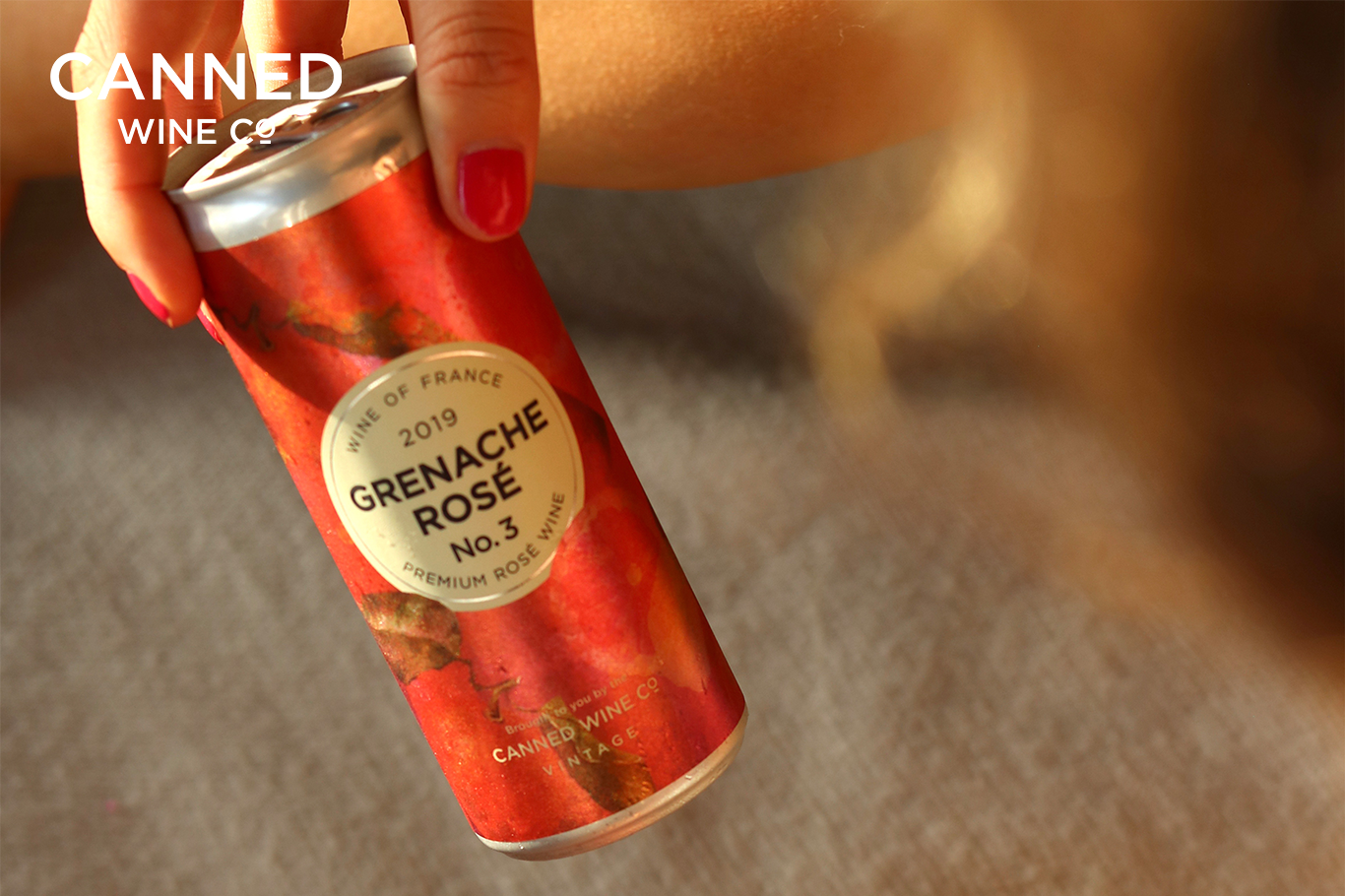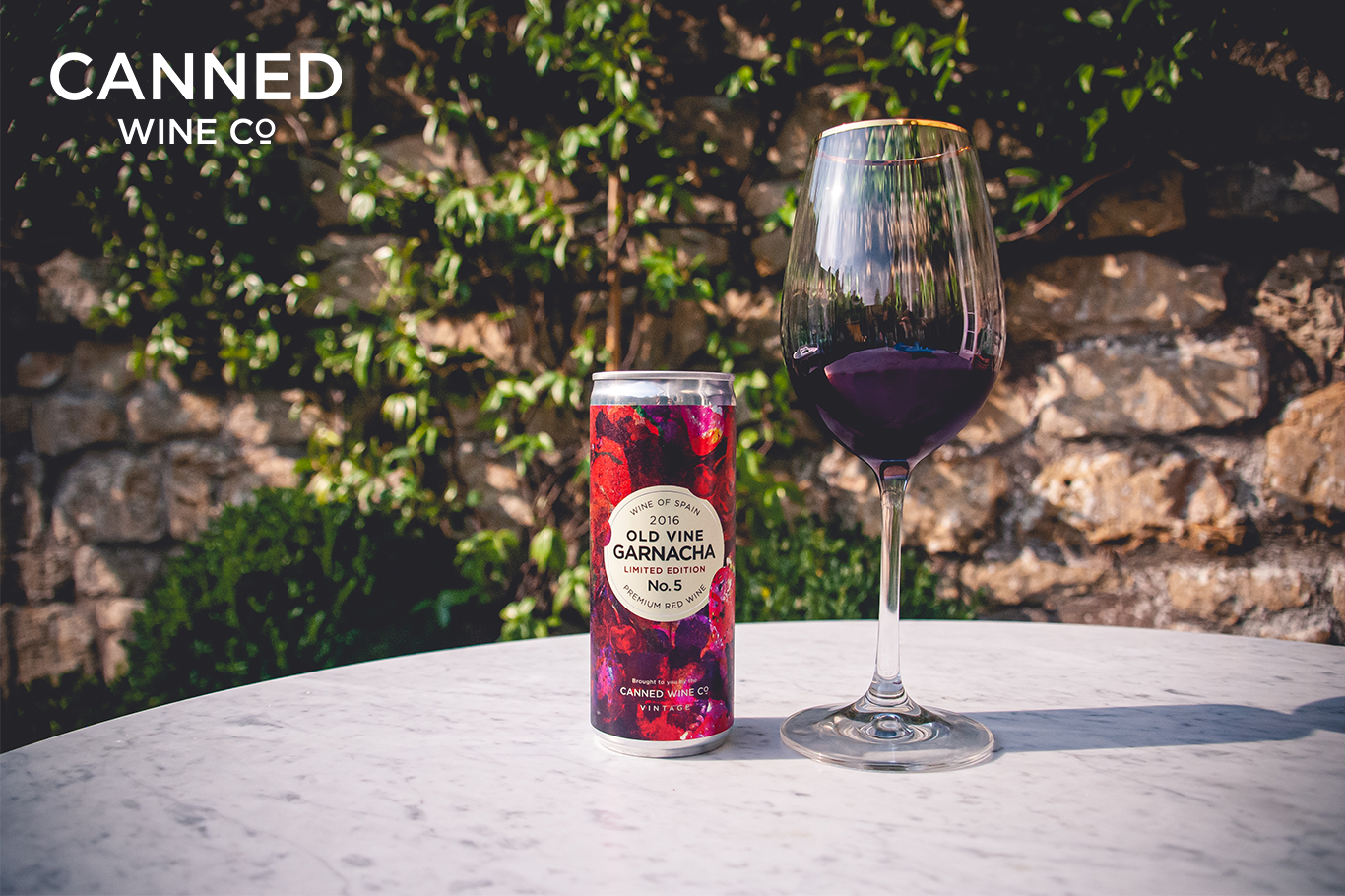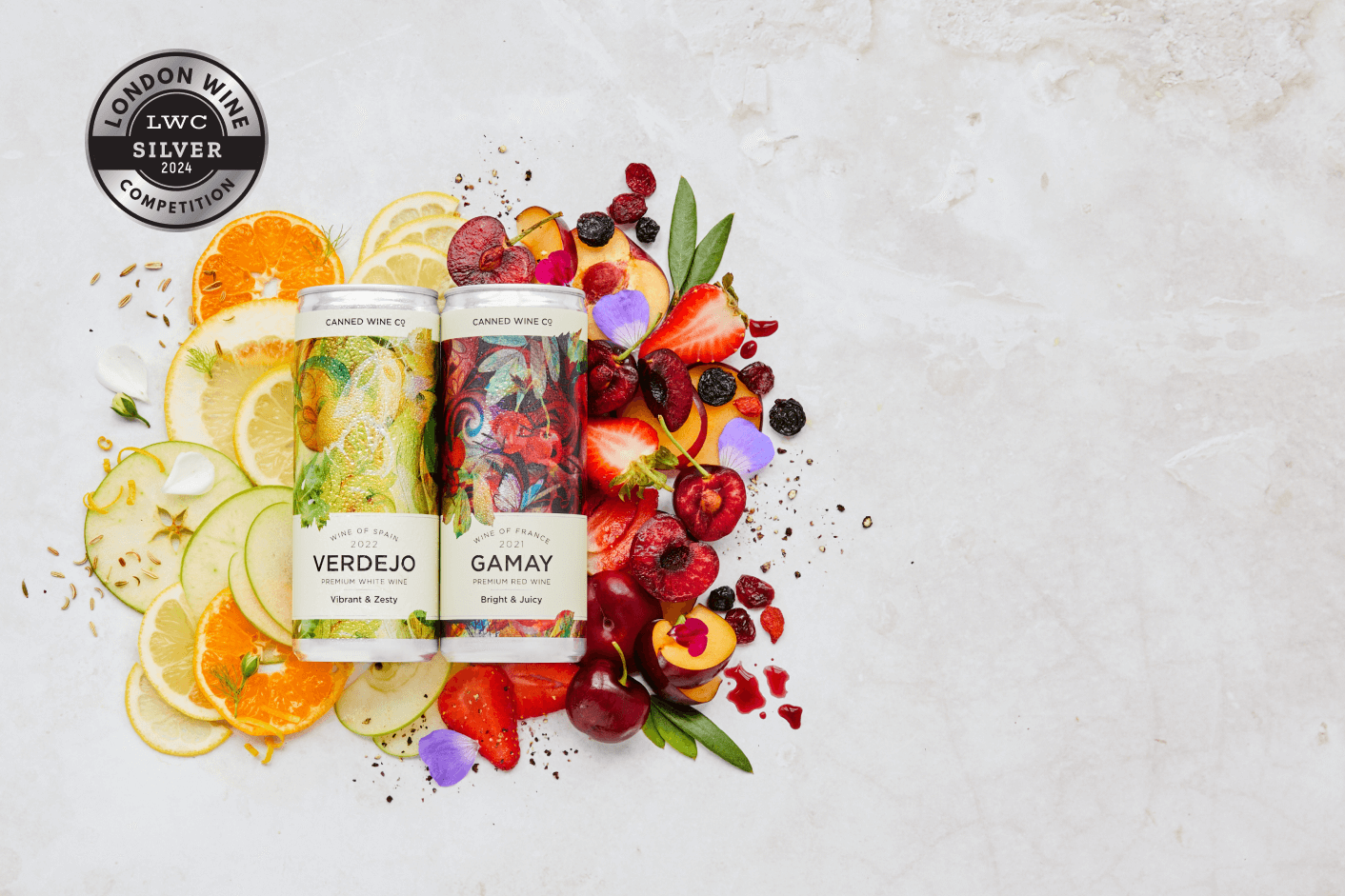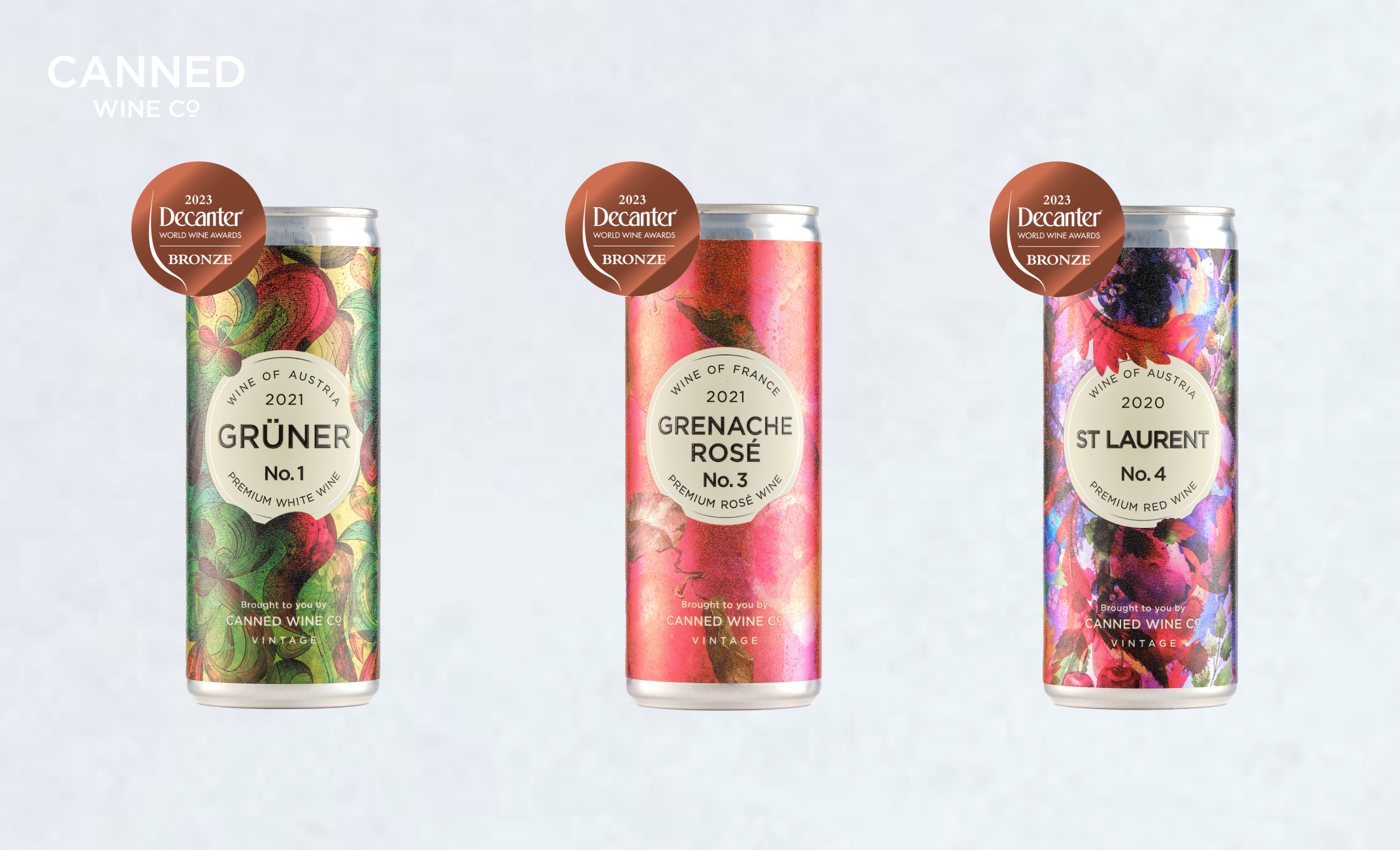We hear these terms a lot when people describe wine but can you pick them out when you’re drinking it? Do you like wines that are high tannin or low acidity? Learning to identify these qualities will help determine what you like, and make it easier to choose great wine. It might sound complicated, but trust me, it’s not. Let’s break it down.
Acidity is what makes a wine taste fresh and vibrant. We usually sense it as sourness and feel it at the back of our cheeks, pulling them in and making your face pucker (like when you eat a raw lemon). It is essential to making a smooth, drinkable wine.
When you’re tasting a wine there are 5 everyday ingredients that you can compare the level of acidity to:
- Greek yogurt – this is the lowest level, used to describe rounded wines with a very light acidity but still lots of creaminess
- An orange – very good sweetness and delicate acidity
- A grapefruit – slightly more acidic, bittersweet rather than sugary sweet but still fresh
- A lemon – much more acidity giving mouth-watering and zippy flavours
- A lime – the highest level of acidity, very zingy and often needs to be balanced with sweetness in the wine.
Sweetness is probably the easiest thing to pick out in wine and one of the first things we sense when we take a swig. Concentrate on the tip of your tongue to identify it, if you feel tingling then you’re getting notes of sweetness.
Even if you don’t like overly sweet wines, it’s an essential quality to balance wine. Here’s a simple demonstration of its impact: get a glass of water, add fresh lemon juice to it and then taste. It will probably be really tart. Now stir in a teaspoon of sugar and taste again – instantly the acidity feels much softer, even though it’s technically still the same amount.
Now let’s talk about tannin. When people describe a wine as ‘dry’ they are often referring to the effect of tannin; a naturally occurring compound found in wine, tea, coffee and chocolate. It makes your tongue feel a bit like sandpaper, and tastes bitter. This sounds bad but tannin adds lots of complexity and texture to wine, and makes it last longer. This is why red wines are often more suitable for aging, as they have higher levels of tannin.
If you want to get a sensation of pure tannin, try eating a grape skin (not the juicy part, just the outer layer) or wet a black tea bag and place it on your tongue – sounds weird, I know, but hey if you want to give it a go that’s how you do it.
Alcohol is probably the simplest thing to describe and can be summed up in one question: how much does the wine warm the back of your throat? Wines with a higher %ABV will give more ‘heat’, tend to taste fuller and oilier whereas lower %ABV wines will taste lighter-bodied.
Body depends on a number of factors, like grape variety, vintage and the wine-making process, but all wines sit on a scale of light to medium to full-bodied. This is easiest to imagine when compared to how milk coats your mouth: light wines feel thinner and more delicate like skimmed milk, medium wines have more viscosity like semi-skimmed milk, and full-bodied wines have a thicker texture like whole milk.
If you want to learn more about any of these qualities, our friends at Novel Wines have put together a set of quick videos that talk you through each of these elements – check them out here!
When all these qualities are in harmony and none are overpowering, a wine is said to be balanced. But as always the best way to learn is to get out there and start tasting! Ask your local wine merchant to recommend different wines that exemplify each of these qualities and try them for yourself.
You could start with our perfectly portioned cans. Crack open the white, rosé and red wines and see if you can identify each of the elements we’ve talked about. Just like you train for a marathon, it takes practice to master wine tasting! (I’ll let you decide which you’d rather do.…)






